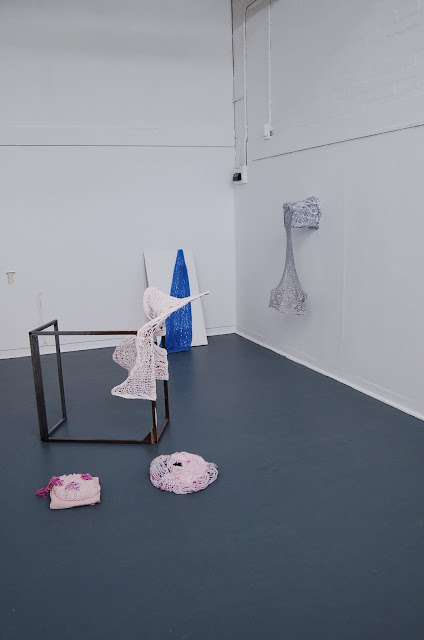Today’s seminar in The Museum of Loss and Renewal: Object Becomes Subject touched upon many interesting topics such as the durational in public art and the relationship between art and anthropology. Loads to think about and digest, but here are some quick notes and links I’ve found since this evening.
Social Anthropologist, Prof Arnd Schneider mentioned Alfred Gell’s Art and Agency (1998) and the concept that art can be understood as the agency for creating a social nexus. In the first instance, it seems like some researching will help me to consider how the concept functions, though sounds relevant so I will endeavour!
“Gell defined art objects in performative terms as systems of actions, intended to change the world rather than encode symbolic propositions about it. Art works thus considered are the equivalents of persons, more particularly social agents.” And goes on to describe, “Agency is achieved through technical virtuosity. It can enchant the viewer: ‘The technology of enchantment is founded on the enchantment of technology’. But there are many varieties of this technique.”
Paul O‘Neill discussed a range of public art projects in terms of their durational aspects and his understanding of them as a researcher/viewer/participant. The time that was invested in these projects by the artists/communities was of significance, however O’Neill did not seem to mourn their individual ends. The communities themselves could potentially continue the projects, or more likely, the projects would disperse in different ways with their influence shown in other ways. O’Neill understands that this type of durational, (potentially dispersive) work counteracts the spectacle that is common in contemporary global culture. So, projects such as Jeanne Van Heeswijk’s The Blue House Project would counteract some of the large Bienalles.

















































